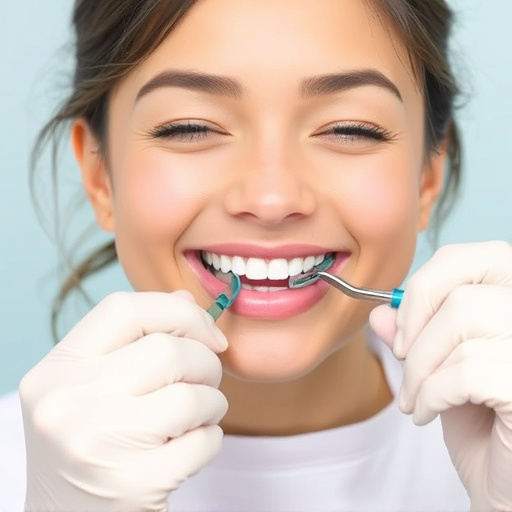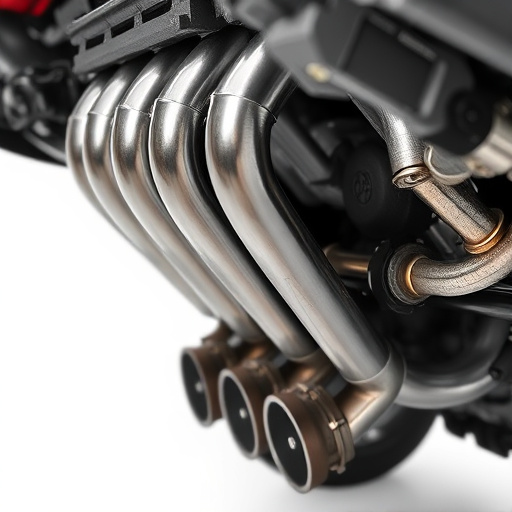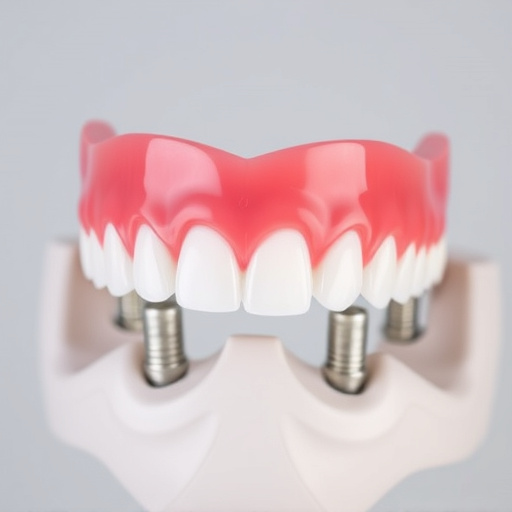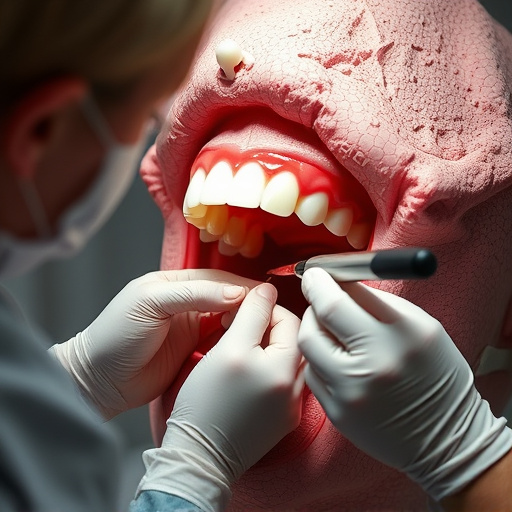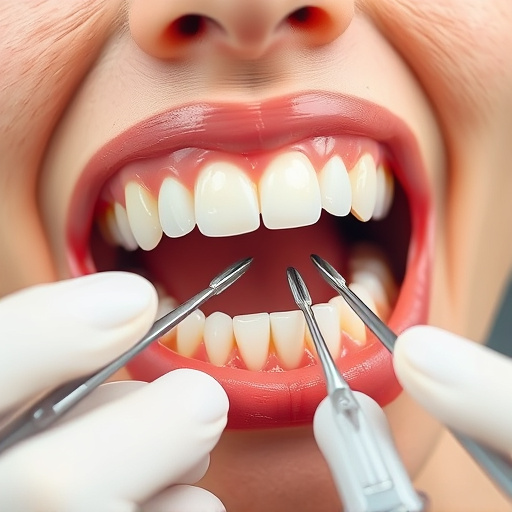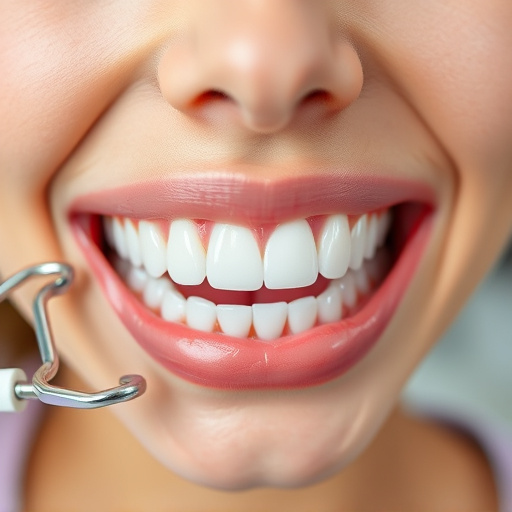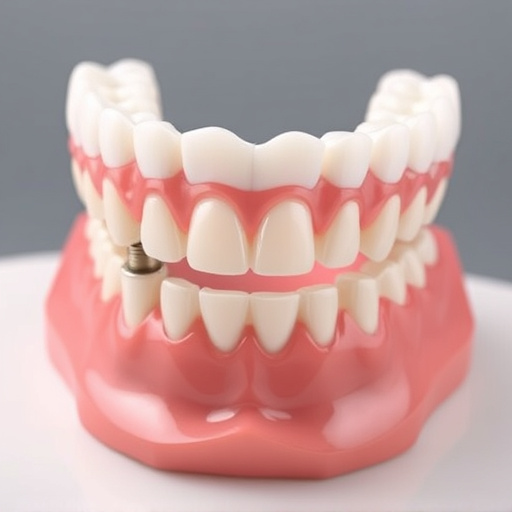Urgent dental care begins with rapid patient assessment using tools like X-rays to prioritize treatment for severe issues like abscesses or facial traumas. Dental clinics offer same-day appointments and dedicated staff, balancing urgent and routine care. Evaluations include visual examinations, medical history reviews, and understanding pain/injury details, leading to treatments ranging from tooth repair/extraction to specialist referrals. Streamlined communication ensures prompt recovery through clear aftercare instructions, regular follow-ups, and good oral hygiene practices at home.
In today’s fast-paced world, providing swift and effective urgent dental care is paramount. This comprehensive guide delves into best practices designed to address acute dental issues promptly. From assessing urgent needs and prioritizing patients to efficient emergency procedures and ensuring rapid recovery, each step is crucial in delivering high-quality, time-sensitive care. Discover expert strategies to navigate the challenges of urgent dental situations and optimize patient outcomes.
- Assessing Urgent Dental Needs: Prioritizing Patients
- Efficient Emergency Care Procedures for Dentists
- Ensuring Rapid Recovery: Post-Urgent Dental Treatment Care
Assessing Urgent Dental Needs: Prioritizing Patients
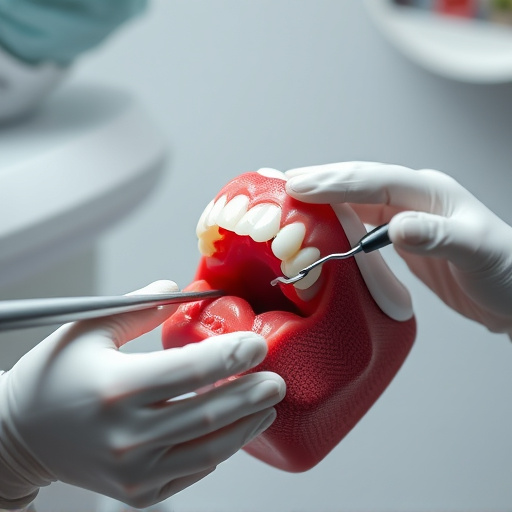
Assessing urgent dental needs is a critical first step in providing swift care. Dental professionals must quickly evaluate patients’ conditions to prioritize treatment based on severity and urgency. This involves a thorough examination, including X-rays or other diagnostic tools, to determine the extent of damage or pain. For instance, a sharp toothache might require immediate attention, while a broken tooth may need urgent repair but could be less pressing if the patient is comfortable with some delay.
Prioritizing patients ensures that those with severe conditions, such as abscesses, infected teeth, or facial traumas, receive prompt treatment. This often involves quick decision-making and efficient care protocols. For example, a dental clinic might offer same-day appointments for emergency cases and have dedicated staff to handle urgent dental care. Additionally, certain procedures like cosmetic fillings or dental crowns can be prioritized based on the patient’s needs and insurance coverage, ensuring that both urgent and routine dental issues are addressed effectively.
Efficient Emergency Care Procedures for Dentists
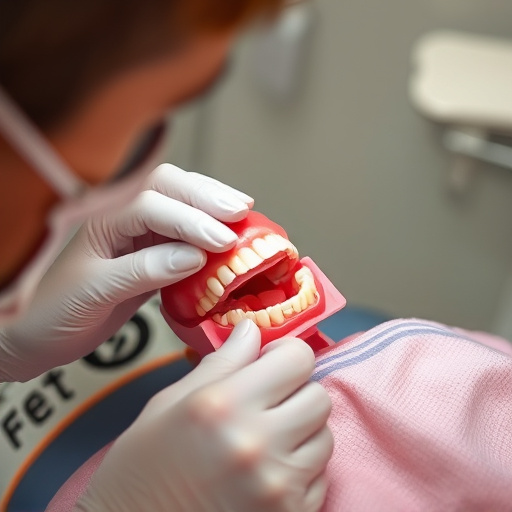
In providing urgent dental care, efficiency is key to alleviating patient distress and ensuring optimal outcomes. Dentists should prioritize establishing a structured protocol for emergency cases, beginning with a swift assessment to identify the urgency and extent of the issue. This initial step involves visually examining the affected area, reviewing medical history, and gathering details about the onset and nature of pain or injury. Based on this evaluation, the dentist can determine whether the case requires immediate attention, such as tooth repair or extraction, emergency cosmetic fillings, or referral to a specialist for dental implants.
Implementing streamlined communication channels is another vital aspect of efficient urgent care. Promptly notifying the dental team, especially during off-hours, enables them to gather necessary supplies and equipment, thereby reducing wait times. Effective communication also ensures that patients receive clear instructions on what to expect during their visit and post-treatment care, fostering a sense of reassurance and trust.
Ensuring Rapid Recovery: Post-Urgent Dental Treatment Care
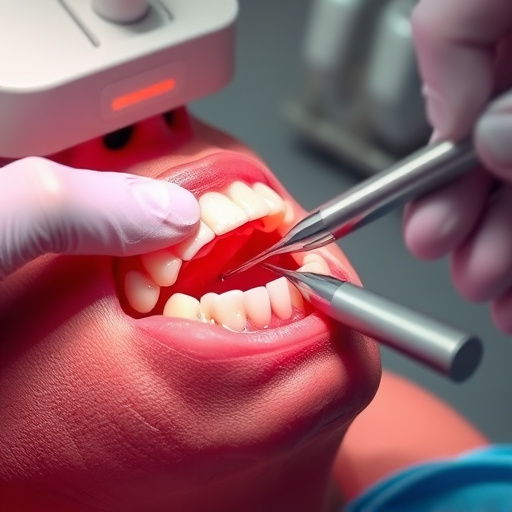
After receiving urgent dental care, ensuring a swift recovery is paramount to restore oral health and comfort. The post-treatment phase plays a crucial role in this process. Patients should receive clear instructions on aftercare from their dental professionals. This includes guidelines on diet, especially avoiding hard or sticky foods that might irritate the treated area. Resting properly and taking prescribed medications as directed are essential for healing.
Additionally, regular follow-up appointments are vital to monitor the recovery progress. Dental practitioners can assess whether the tooth repair is successful and make adjustments if needed. Comprehensive dental care during this period involves maintaining good oral hygiene practices at home, including gentle brushing and using mouthwashes recommended by the dentist. These measures contribute to a faster recovery, ensuring patients can return to their normal activities with reduced discomfort and improved oral health.
Urgent dental care requires a swift and efficient response, from initial assessment to post-treatment recovery. By prioritizing patient needs, implementing streamlined emergency procedures, and focusing on rapid healing, dentists can ensure that patients receive the best possible urgent dental care. These best practices not only alleviate pain and discomfort but also foster trust and satisfaction among those seeking immediate dental attention.

